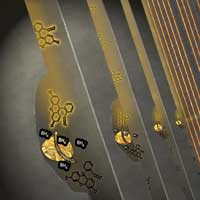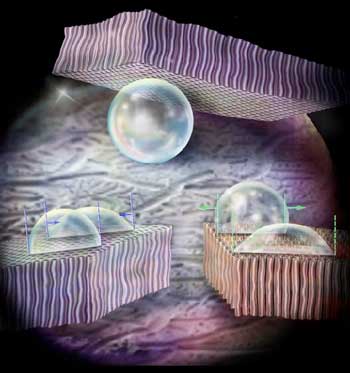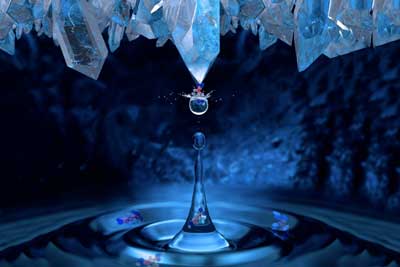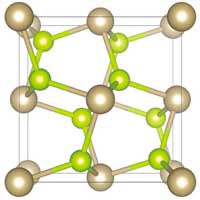 Using a new type of nanoreactor, researchers have succeeded in mapping catalytic reactions on individual metallic nanoparticles. Their work could help improve chemical processes, and lead to better catalysts and more environmentally friendly chemical technology.
Using a new type of nanoreactor, researchers have succeeded in mapping catalytic reactions on individual metallic nanoparticles. Their work could help improve chemical processes, and lead to better catalysts and more environmentally friendly chemical technology.
Tuesday, November 12, 2019
Light at the end of the nanotunnel for future catalysts
 Using a new type of nanoreactor, researchers have succeeded in mapping catalytic reactions on individual metallic nanoparticles. Their work could help improve chemical processes, and lead to better catalysts and more environmentally friendly chemical technology.
Using a new type of nanoreactor, researchers have succeeded in mapping catalytic reactions on individual metallic nanoparticles. Their work could help improve chemical processes, and lead to better catalysts and more environmentally friendly chemical technology.
New research finds carbon nanotubes show a love/hate relationship with water
 New research reveals that carbon nanotubes (CNTs) as a coating can both repel and hold water in place, a useful property for applications like printing, spectroscopy, water transport, or harvesting surfaces. When water is dropped on a CNT forest, the CNTs repel the water, and it forms a sphere. However, when flipped over, the drop does not fall to the ground but rather clings to the surface.
New research reveals that carbon nanotubes (CNTs) as a coating can both repel and hold water in place, a useful property for applications like printing, spectroscopy, water transport, or harvesting surfaces. When water is dropped on a CNT forest, the CNTs repel the water, and it forms a sphere. However, when flipped over, the drop does not fall to the ground but rather clings to the surface.
Study reveals breach of 'dancing' barrier governs crystal growth
 Researchers used computer-based simulations to analyze how atoms and molecules move in a solution and identified a general mechanism governing crystal growth that scientists can manipulate when developing new materials.
Researchers used computer-based simulations to analyze how atoms and molecules move in a solution and identified a general mechanism governing crystal growth that scientists can manipulate when developing new materials.
Magnetic tuning at the nanoscale
 Deploying a helium-ion microscope, researchers manipulate nanoscale material properties.
Deploying a helium-ion microscope, researchers manipulate nanoscale material properties.
New spin directions in pyrite an encouraging sign for future spintronics
 The study of pyrite-type materials provides new insights and opportunities for selective spin control in topological spintronics devices.
The study of pyrite-type materials provides new insights and opportunities for selective spin control in topological spintronics devices.
'Messy' production of perovskite material increases solar cell efficiency
 Discovery means simpler and cheaper manufacturing methods are actually beneficial for the material?s use in next-generation solar cells or LED lighting.
Discovery means simpler and cheaper manufacturing methods are actually beneficial for the material?s use in next-generation solar cells or LED lighting.
Subscribe to:
Comments (Atom)
